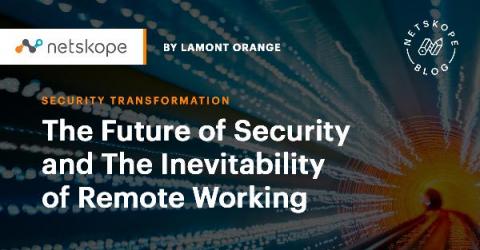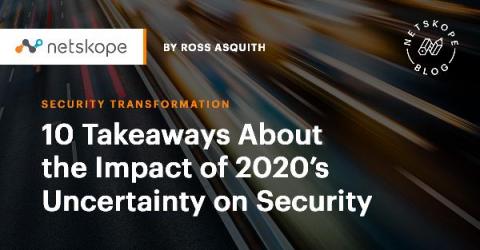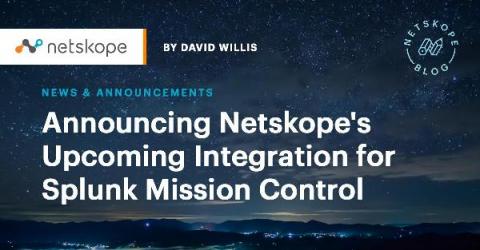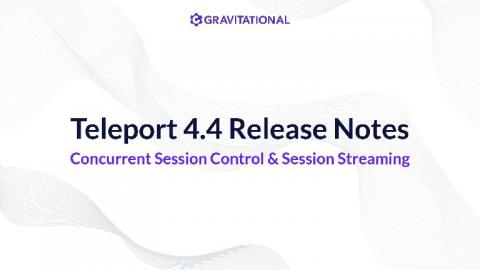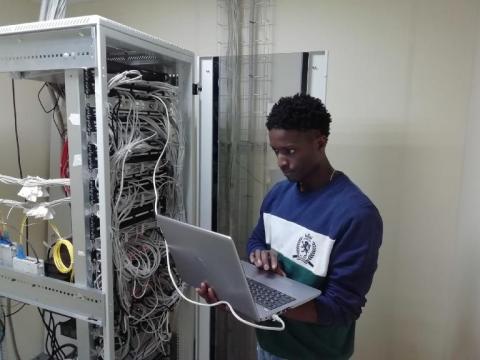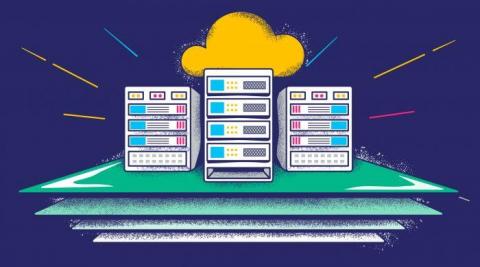4 Considerations for a Secure Cloud Environment
Digital attackers are increasingly turning their attention to the cloud. According to the 2020 Trustwave Global Security Report, the volume of attacks targeting cloud services more than doubled 7% in 2018 to 20% a year later. This growth made cloud services the third most-targeted environment after corporate and e-commerce at 54% and 22%, respectively. These trends highlight the need for organizations to secure their cloud environments.



